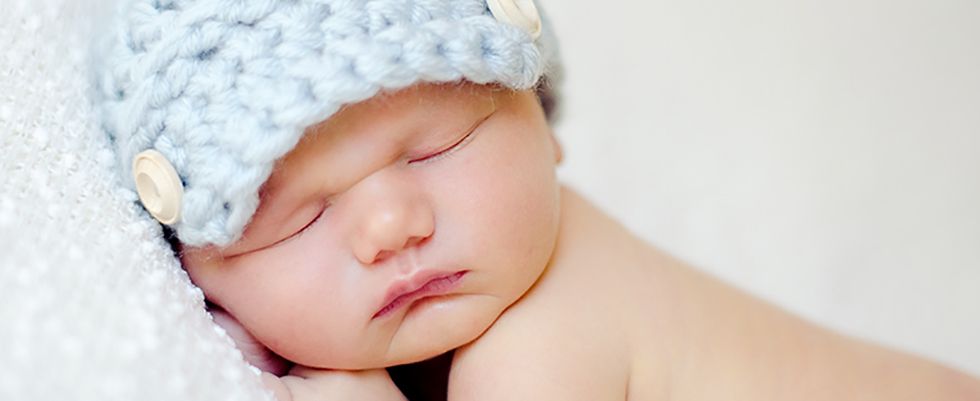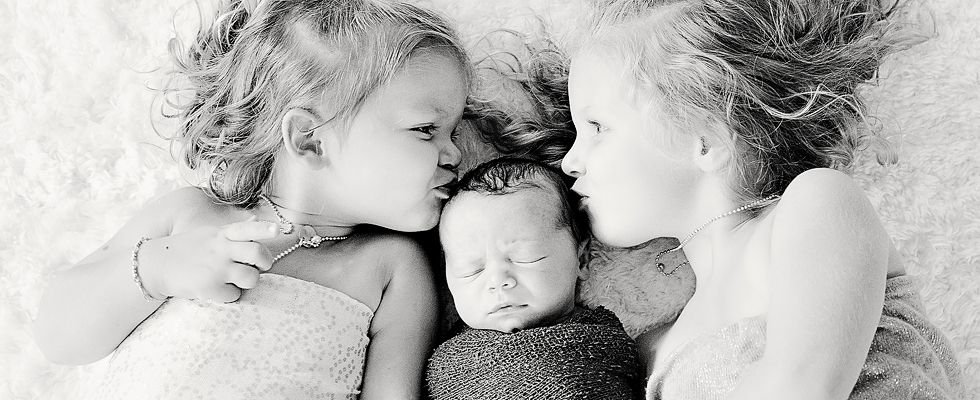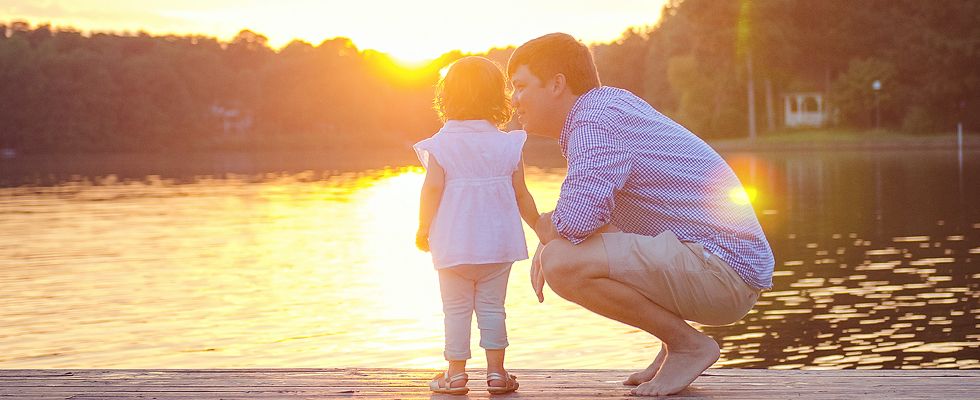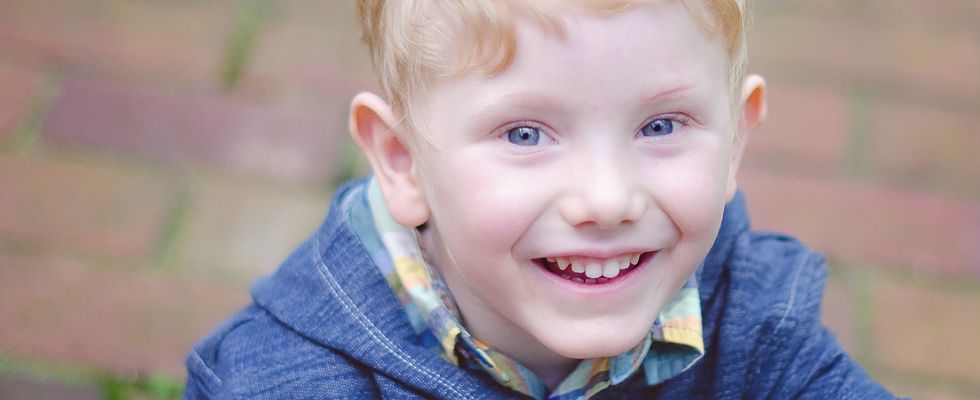Photography is so cool because it uses both sides of your brain.
It is art and science.
It is technical and creative.
You need to “see” the shot AND be able to “capture” it.
There are several components of a great photo, from focus to composition to subject...but the MOST important is proper exposure. Your cameras auto setting may do a decent job in most situations, but in order to ensure you can get correct exposure on every image you need to learn to shoot in manual (or semi-manual) mode. Don’t worry, you can do it!! ;) Just keep reading....
First, you need to know what factors are involved in exposing an image on your DSLR. They are
ISO
Aperture (f-stop)
and Shutter Speed.
Now, don’t get overwhelmed by the new vocab words ;) ....it will take some practice, repetition, & time but once you “get it” you’ll be amazed at how simple it is!
I usually start with setting my ISO. ISO is the sensitivity of your camera’s sensor to light. (FYI if you used to shoot with film, it is similar to the old “film speed” values) So, when you are in bright sunlight your ISO will be lower, when you are in a low light situation it will be higher. Below is a handy little chart I created to help you decide which ISO might be appropriate.
General advice: keep your ISO as low as possible; the higher the ISO, the more ‘grainy’ your image will be.
The next setting I usually adjust is my APERTURE (also called f-stop.) The aperture is the ring inside the camera that opens to let in light. The wider it is open, the more light is let in. Aperture numbers can be confusing because a LOWER number means a WIDER aperture opening. So f-1.4 is wide and lets in MORE light and f-11 is narrow and lets in LESS light.
This is where you can adjust for creativity because the aperture width determines your depth of field (DOF.) Do you ever look at a pro’s image and wonder how they get that creamy blurry background and the subject is so sharp and in focus? Well, here’s how: Use a WIDE aperture (LOW f stop number)! You subject will be sharp because they are in the “field” of focus, and everything else will just blend in because they are not within the field of focus. Does that make sense? Below are a few shots showing what different apertures do to your depth of field. The left one has a very shallow depth of field where the camera is nice and sharp while everything else fades away. As I closed my aperture the field got bigger and you can see more of the surrounding details.
I tend to shoot wide (LOW f- number) whenever possible. A good general rule is a ‘stop’ for each person in the photo. So, one person, you can shoot at f-1.4 (if your lens opens up that wide,) three people at f-3.2, five people at f-5.6.
****If you are just starting out with a DSLR, I recommend shooting in aperture priority mode for a little while. This means YOU will set the ISO and the f- stop, but your camera will set the shutter speed.**** Once you get the hang of relating those two features (ISO and aperture) then you can add in the last component: SHUTTER SPEED.
SHUTTER SPEED is pretty easy to figure out, it’s the speed at which your shutter opens and closes to let in light. So, the slower the shutter speed, the more light enters your sensor, faster = less light. Your shutter speed also allows you to “freeze” an image or show movement. So, if you are taking shots of you sons soccer game, your shutter speed needs to be pretty fast so that all of your images don’t show streaks of kids as they run past. :) See the shots below at different shutter speeds. The left one is fast and freezes the droplets as they fall, the one on the right shows a blur as the water falls. (FYI the faucet was on continuously as these shots were taken, so the speed of the water is basically the same in each shot.)
Remember in the first {Life - Love - Lens} Wednesday post where I told you to start looking for light? Well, that’s because photography is ALL ABOUT LIGHT. Each of the three main variables work together to let in certain amounts of light. Too much light will give you an over exposed image (BAD!), too little light will give you an under exposed image (ALSO BAD!) So, you have to be in control of your camera so that you tell it how much light to let in. Don’t slap it into Auto mode and let it tell YOU how much light it wants!! ;)
So to wrap it up:
ISO: low # = less light, high # = more light
APERTURE: low f-stop = more light, high f-stop = less light
SHUTTER SPEED: slow SS = more light, fast SS = less light
I hope this helps explain your DSLR and exposure a little better for you. Please leave your questions and comments below, or on my facebook page HERE and I will be sure to answer them. :)
Thanks for stopping by! Have a wonderful {Life - Love - Lens} Wednesday!!
xoxo,
Kerry



















No comments:
Post a Comment